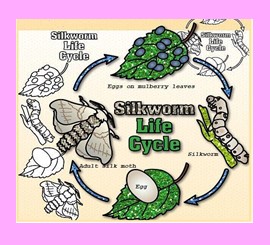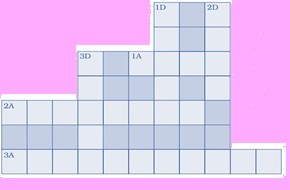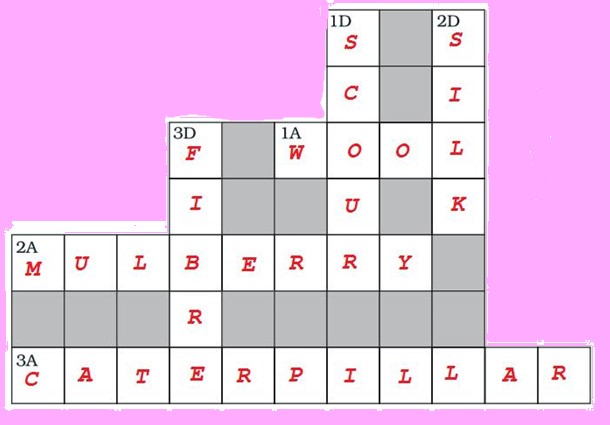Science
(www.olympiadsuccess.com)
Chapter 3: Fibre to Fabric
Class VII
NCERT Solutions
Question 1
You must be familiar with the following nursery rhymes:
Answer the following:
(a) Which parts of the black sheep have wool?
(b) What is meant by the white fleece of the lamb?
Answer 1
(a) The fine and soft under-hair that grows close to the skin of the sheep have wool.
(b) White fleece of lamb means the colour of the fleece of lamb is white. The natural fleece of sheep and goats is black, brown or white.
Question 2
The silkworm is (a) a caterpillar, (b) a larva.
Choose the correct option.
Answer 2
(iii) both a and b
Question 3
Which of the following does not yield wool?
Answer 3
(iv) Woolly dog
Question 4
What is meant by the following terms?
Answer 4
(i) Rearing: It is raising and taking care of livestock (e.g. cows, buffaloes, goats etc.); for commercial purposes. These animals are fed, provided shelters and are bred for better yield like milk, meat, wool etc. For example, Sheep are reared mainly for the wool. They are mainly reared in areas with low rainfall. Reared sheep eat grass and leaves. They are also fed on a mixture of pulses, corn, jowar, oil cakes and minerals. In winters they are kept indoors and fed on dry fodder, leaves and grains.
(ii) Shearing: Once a sheep develops a thick coat of hair, it is shaved off to obtain wool. The process of cutting off the woollen fleece of sheep with a thin layer of skin is called shearing. It is done by the machines similar to those used by barbers to remove hairs.
(iii) Sericulture: The breeding and management of silk worms for the production of silk is known as sericulture. Different types of silk (e.g. mulberry silk, Tassar silk, etc.) with different textures are obtained from different varieties of silk moths.
Question 5
Given below is a sequence of steps in the processing of wool. Which are the missing steps?
Add them. Shearing, __________, sorting, __________, __________, _________.
Answer 5
Shearing, scouring, sorting, fibre spinning, fibre drying, rolling in silk yarn.
Question 6
Make sketches of the two stages in the life history of the silk moth which are directly related to the production of silk.
Answer 6

Question 7
Out of the following, which are the two terms related to silk production?
Sericulture, floriculture, moriculture, apiculture and silviculture.
Hints:
(i) Silk production involves cultivation of mulberry leaves and rearing silkworms.
(ii) Scientific name of mulberry is Morus alba.
Answer 7
Sericulture and moriculture.
Question 8
Match the words of Column I with those given in Column II:
Column I Column II
(e) Cleaning sheared skin
Answer 8
Column I Column II
Question 9
Given below is a crossword puzzle based on this lesson.
Use hints to fill in the blank spaces with letters that complete the words.

Down across (D)
1: Thorough washing
Answer 9

Yearlong program for Olympiads preparation & to build necessary skills for future.
Explore More
Time to mark your calendar with the upcoming Olympiads exam schedule.
Explore More
Take your Olympiad preparation to next-level by taking LIVE Classes.
Explore More
Assess your performance by taking topic-wise and full length mock tests.
Explore More
Online tuitions for international compeitions like SASMO, SEAMO, etc for Grades 1-11.
Explore More